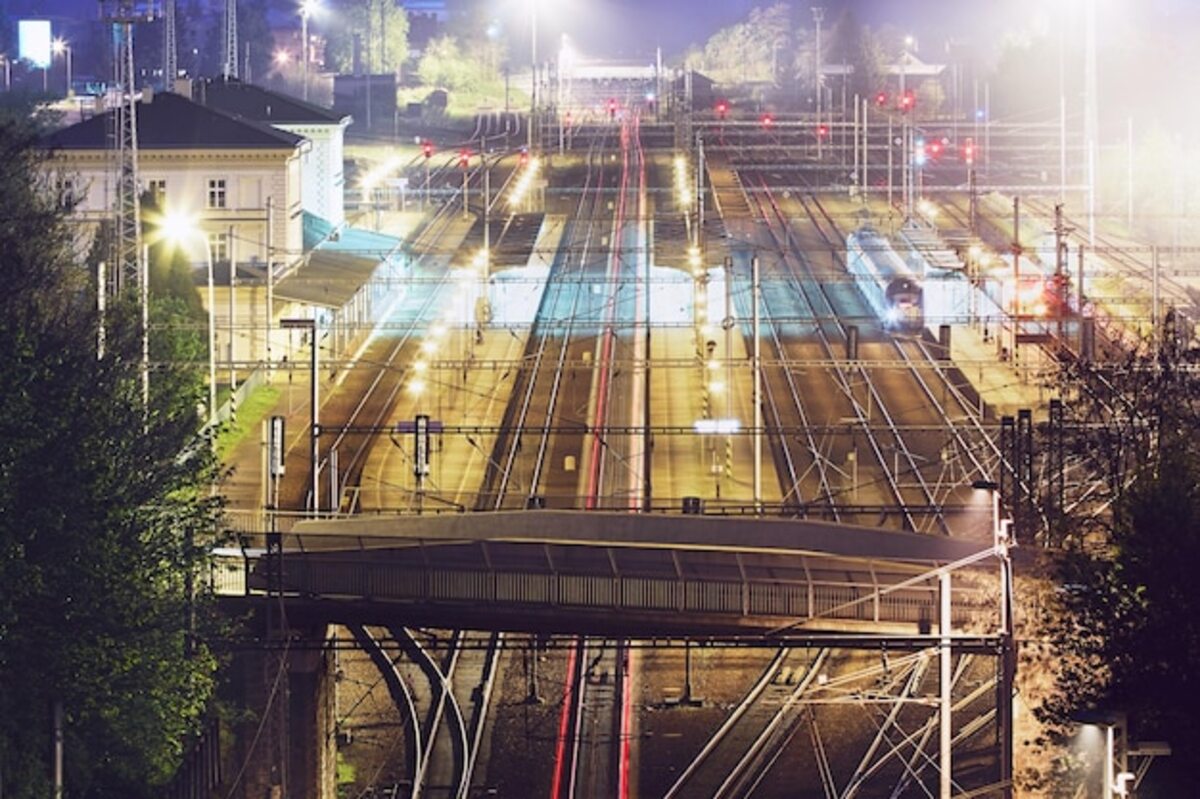Keys to Identify Areas with High Development Potential

Identifying areas with high development potential is essential for any investor or person interested in maximizing the value of their property. In Costa Rica, where location and appreciation are key factors, knowing the keys to detecting these strategic places can make the difference between a successful investment and a missed opportunity. In this article, we will show you how to recognize the areas that promise significant growth, ensuring that your capital grows effectively and sustainably.
1. Analysis of Population Growth: Where is the Population Moving?
The analysis of demographic growth is essential for identifying areas with high development potential, as the population tends to concentrate in areas where economic opportunities, adequate infrastructure, and basic services exist. In Costa Rica, the population increase in certain regions may be driven by factors such as internal migration, the development of new industries, and improvements in living conditions. By observing demographic trends, investors can anticipate which locations will see an increase in the demand for housing and services, which in turn positively influences property values.
It is also crucial to consider not only the absolute numbers of population growth but also other indicators such as the average age of the inhabitants and their socioeconomic level. Areas that attract a young and professional population tend to experience more dynamic development due to job creation and a higher demand for urban services. Therefore, conducting a thorough demographic analysis can reveal patterns that suggest a promising future for certain locations. This information allows investors to make informed decisions about where to channel their resources to maximize their return on investment.
2. Infrastructure in Development: The Impact of New Roads and Public Projects
The developing infrastructure plays a fundamental role in property valuation and attracting investments. The construction of new roads, bridges, and transportation systems not only improves connectivity between different regions but also facilitates access to essential services such as education, health, and commerce. When large public projects are announced, it is a clear indication that an area is destined to grow. Therefore, observing infrastructure plans and government announcements can provide valuable clues about where the next real estate boom might be.
Moreover, the positive impact of these works is not limited solely to the convenience of transportation. The development of infrastructure creates opportunities for new businesses and encourages the arrival of companies looking to establish themselves in areas with better logistical access. This generates a multiplier effect on the local economy, thus increasing the demand for housing and commercial services. Areas close to these projects tend to experience a significant rise in their value as more people and investors decide to move or invest there, turning these zones into true magnets for sustainable economic growth.
3. Proximity to Essential Services: Education, Health, and Commerce
Proximity to essential services such as education, health, and commerce is a key factor when assessing the development potential of an area. Families seek to settle in locations where they can easily access quality schools, hospitals, and shopping centers. The presence of well-regarded educational institutions not only attracts new residents but also elevates real estate demand in the region. Moreover, having nearby health services is crucial to ensure quality of life, which in turn can lead to a significant increase in the value of local properties.
Additionally, businesses and basic services are pillars that contribute to the economic dynamism of a locality. Areas that have accessible supermarkets, pharmacies, and restaurants tend to be more attractive to potential buyers and tenants. These amenities not only enhance the daily experience of residents but also promote an active and healthy community environment. Therefore, when evaluating a location for investment or purchase, it is essential to consider how close these essential resources are to ensure sustained and profitable growth in the future.
4. Real Estate Market Trends: Which Areas Are Increasing in Value?
The real estate market is dynamic and is influenced by a variety of factors that can cause certain areas to increase in value. In Costa Rica, areas that were once considered peripheral are experiencing a boom due to the expansion of infrastructures, such as new access roads and improved public services. Additionally, the growth of businesses in sectors like tourism and technology has led to an increase in housing demand in these locations, which in turn generates a rise in prices. Identifying these trends can be key for investors looking to maximize their returns.
Another important aspect to consider is demographic changes and social preferences. The young population tends to seek areas with good cultural and recreational offerings, as well as access to efficient public transport. Areas near universities or shopping centers are seeing an increase in their value due to this demand. Likewise, the interest in living in sustainable and environmentally friendly environments is driving the appreciation of properties located near parks and green spaces. Keeping an eye on these changes can help identify opportunities before prices soar, thereby ensuring a safer and more profitable investment.
5. Government Incentives: Opportunities in Special Economic Zones
Government incentives are a crucial factor when considering investing in special economic zones. These spaces, often designated by the government, offer tax and administrative benefits that can translate into significant savings for investors. For example, exemptions from income taxes or customs duties can make the initial cost of an investment considerably lower, which is attractive to those looking to maximize their return on investment. Additionally, these zones are often designed to promote industrial and commercial development, which implies adequate infrastructure and a favorable regulatory environment.
Special economic zones often have support and training programs aimed at boosting local businesses. This not only benefits investors by facilitating the creation of sustainable businesses but also contributes to community development by generating employment and improving the quality of life in the region. When evaluating opportunities in these areas, it is essential to research the specific programs offered by the government and how they can align with your investment goals. Recognizing these incentives can be the key to choosing a strategic location that ensures not only personal economic growth but also a positive impact on the local community.
6. Competitor Analysis: Identifying Areas with Lower Real Estate Supply
The competitive analysis is a fundamental tool for any investor looking to identify areas with lower real estate supply. By analyzing the available properties in a specific region, it is possible to detect market niches where demand exceeds supply. This can include emerging neighborhoods that have received recent investments in infrastructure or urban improvements, as well as areas that, although historically undervalued, present attractive features such as proximity to essential services, efficient public transportation, and a favorable natural environment. Understanding these aspects allows the investor to position themselves strategically before prices begin to rise.
It is also crucial to evaluate not only the number of properties for sale but also the profile of the buyer in those areas. Examining who the potential buyers are—whether they are young families looking for affordable housing or retirees seeking a quiet place—can provide insights into the future evolution of the market. Identifying areas with less competition offers a significant advantage: less saturation means more opportunities to negotiate favorable prices and achieve higher returns. Thus, conducting a thorough analysis of the competitive environment becomes an essential step in the decision-making process to ensure successful real estate investments.
7. Future Perspectives: Predictions about Urban Development in Costa Rica
Future perspectives on urban development in Costa Rica are marked by a combination of economic, social, and environmental factors that shape the landscape of cities. With a growing focus on sustainability and quality of life, urban areas are expected to undergo significant transformation, driven by government and private initiatives. Areas close to educational centers, hospitals, and recreational spaces are anticipated to gain relevance, becoming attractive hubs for families and professionals seeking a balanced lifestyle. Additionally, the rise of teleworking is leading many people to consider peripheral locations where they can enjoy a quieter environment without sacrificing connectivity.
Technological development will also play a crucial role in these projections. The implementation of innovative solutions, such as efficient public transportation and smart infrastructure, will facilitate mobility within cities and make certain areas more attractive for investment. On the other hand, interest in ecological projects and sustainable communities will continue to grow, creating opportunities for developers looking to align with these trends. In summary, identifying areas with high potential involves not only observing the current conditions of the real estate market but also anticipating how these structural changes will influence future demand and property valuation.



